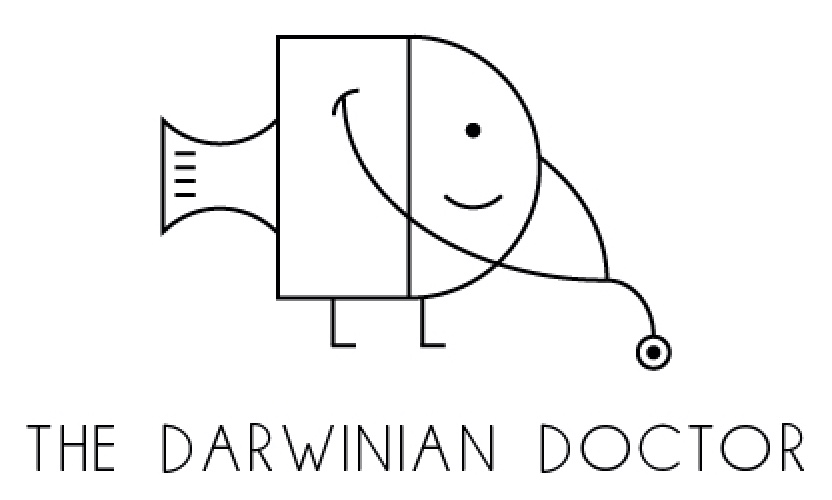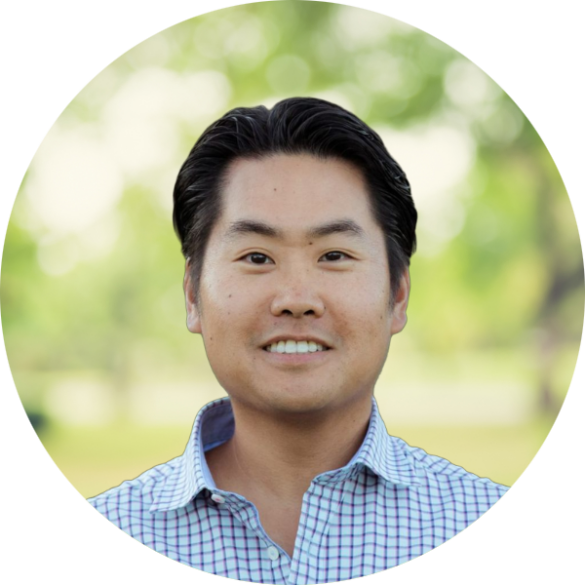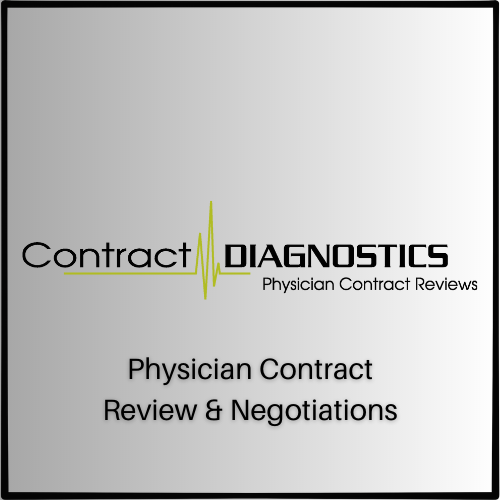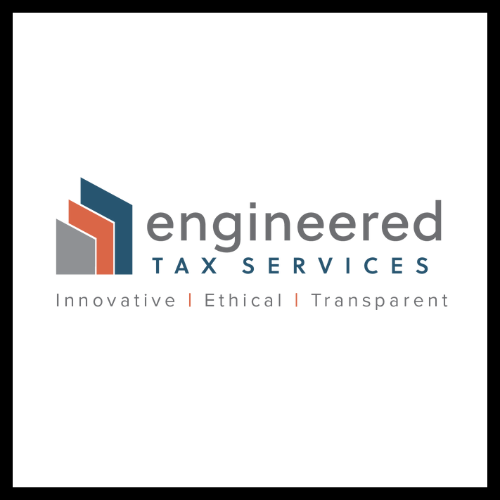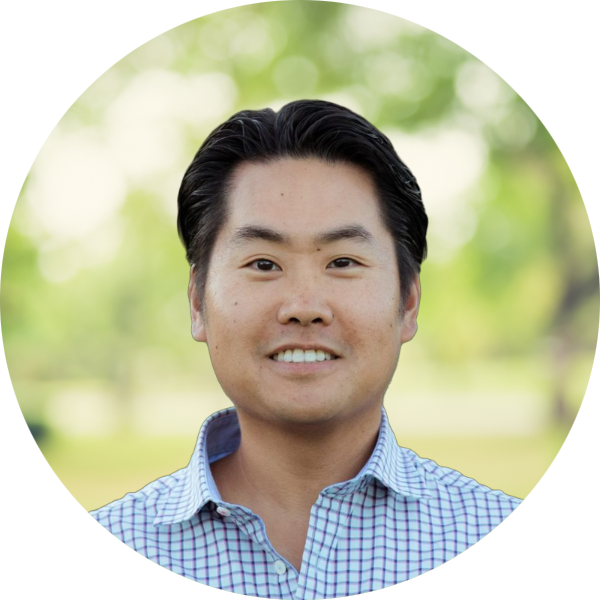Let’s discuss the stealth wealth strategy of principal paydown, which is the invisible way mortgage payments increase your wealth over time.
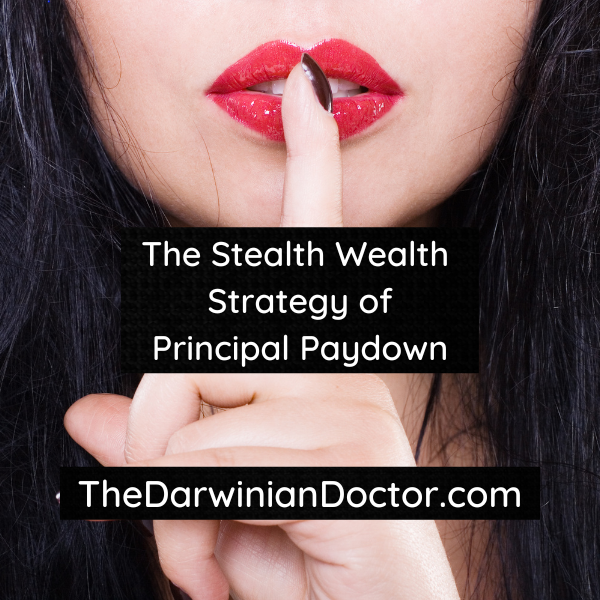
This post may contain affiliate links.
Real estate is more than cash flow
Real estate increases your wealth in multiple ways. Most people only think about one financial benefit from real estate: the cash flow from rent. But there are equally powerful factors like appreciation, tax benefits, and using real estate as a hedge against inflation.
The component of real estate that gets the least publicity is principal paydown. But principal paydown can be a very effective way of adding to your wealth over time too.
Today, I’ll go over the concept of principal paydown and use my real estate portfolio as an example to lend real numbers to this stealth wealth strategy. As a preview, principal paydown is currently adding about $7000 to my net worth every month.
Read more: The 5 ways rental real estate makes you money
Interest vs. Principal
To understand principal paydown, you have to understand how a typical mortgage loan works. In the United States, most people use a 30-year mortgage with a fixed interest rate to purchase a home. Each month, you make a monthly mortgage payment to the lender. A portion of the payment goes towards paying interest and a portion goes towards the principal balance.
The “principal” is the amount you borrowed from the lender and have to pay back. The “interest” is the fee the lender charges you for the privilege of borrowing money from them.
As your mortgage principal decreases, you own more and more of your home outright. After 30 years of payments, the mortgage term concludes, and you now owns 100% of your home. Congratulations!
Your monthly payment
Your monthly payment is affected by many factors including the purchase price, the down payment, mortgage rates, and the loan term. Right now, with the war on inflation from the Federal Reserve, interest rates are very high. This makes a huge difference on the loan payment of new homeowners.
Read more: Why is the Federal Reserve Raising Interest Rates?
Although your payment is the same every month if you have a fixed rate loan, your ratio of interest to principal varies over the life of the loan. This is because your principal balance is higher in the beginning of the loan, so amount of interest you owe is higher as well. As you get towards the latter half of your loan term, you owe significantly less principal, so your interest payment becomes less as well. This allows the same monthly payment to pay down more and more of your mortgage balance each year you keep your home.
The $100,000 house example
Let’s map out a 30 year mortgage lifespan for a $100,000 home to illustrate this concept.
For this example, let’s assume a 20% down, 5% fixed mortgage rate, and a 30 year term. This yields a monthly payment of $429.46, which is $5,153.49 a year.
I created the following charts using a free mortgage calculator.
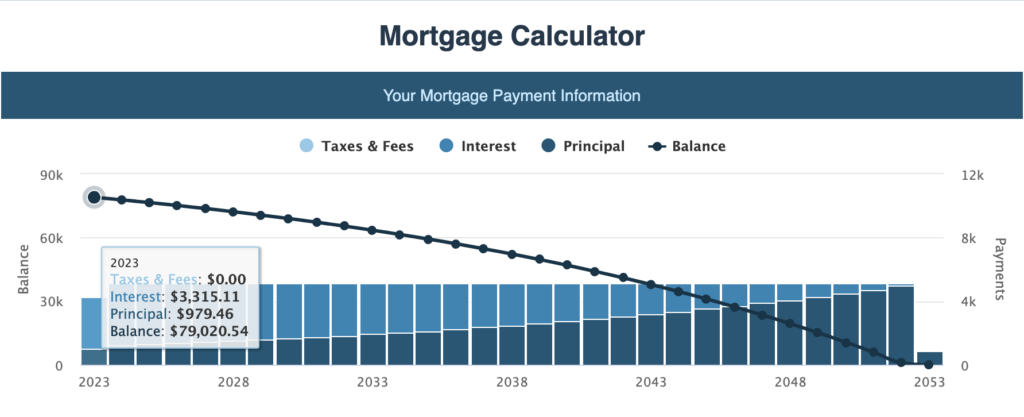

You can see that in the first year of payments, $3315 goes to interest, and $979 is going towards paying down the principal amount.
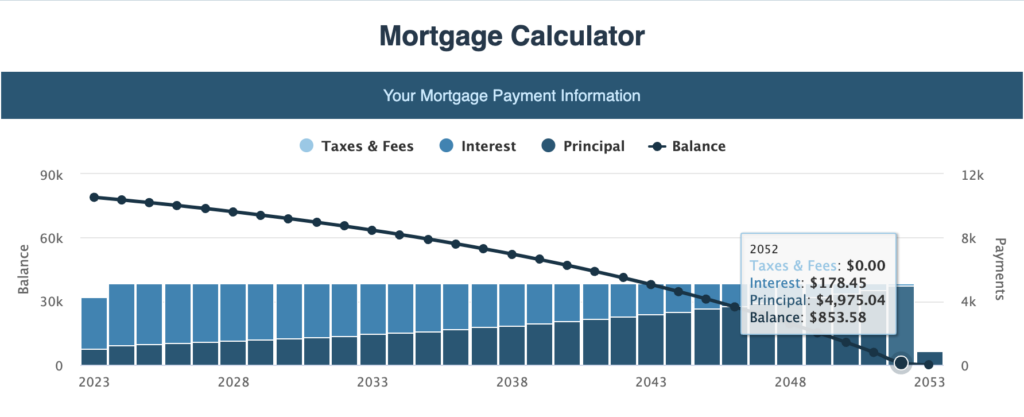

In the last year of the loan, however, you owe such little principal that your monthly payments are almost principal-only payments. A full $4975 goes towards your principal paydown and only $178 goes towards interest in that last year.
The banks use algorithms to calculate exactly what payment will allow for this scenario to take place over the full mortgage term. One of the reasons why you get inundated with documents before and during your mortgage closing is that banks are required to show you the amortization schedule of your mortgage. The amortization schedule illustrates (month by month) how much of your payments go towards the interest vs principal for every year of your loan.
Principal paydown rewards patience
Principal paydown becomes more powerful as you owe less money to your financial institution. Said in another way, your wealth will increase via principal paydown faster the longer you hold onto your home. Most homeowners keep their homes for 13 years, which allows for a good amount of principal paydown and increased equity. This extra money can be flipped into another home loan for another house, or might be a source of cash reserves or retirement savings.
How to increase principal paydown
There are a few ways to increase your principal paydown.
- Hold onto your home longer
- Refinance your home at a lower interest rate
- Make extra payments to the lender
As we discussed above, you pay less and less interest over the life of your mortgage. This is because the principal, or the amount you borrowed from your lender, decreases with each monthly payment. Since mortgages typically have fixed monthly payments in the US, more and more of the payment will go towards the principal every month.
But if you want to do something in a more active manner, you can consider a refinance of your mortgage. This is only a good idea if mortgage interest rates have fallen below the rate of your fixed rate mortgage. With current interest rates, this is highly unlikely. But just a couple of years ago, many homeowners were lucky enough to lock in incredibly low interest rates. For many, this lowered their monthly mortgage payments significantly.
This then allowed them to use the third tactic: making additional payments on the loan.
Additional mortgage payments
Unless your mortgage loan comes with prepayment penalties, you are allowed to send extra money to your lender. Extra mortgage payments are beyond what is required, but can dramatically decrease the duration of your mortgage term. As long as you specify your intention, these payments will go directly towards your principal. These additional principal payments decrease how much you owe the bank and increase your wealth.
The wisdom of doing this, however, is debatable and depends on your specific situation. If your mortgage rate is 10%, it’s probably a good idea to send in an extra monthly payment whenever you can. Historically, it’s difficult to beat a 10% return by investing in the stock market, for example.
But if your mortgage rate is only 5 or even 6%, it becomes difficult for me to support extra mortgage payments. Personally, I’d be much more interested in using that money for real estate investment or investing into the stock market.
Exception: if you have higher interest debt like credit card debt, you should pay that down first before sending more money to your mortgage lender.
(Please consult a financial advisor to discuss your personal financial situation before you make big financial decisions.)
Principal paydown in my real estate portfolio
When it comes to my real estate empire, I don’t often think about principal paydown. Like most people, I pay more attention to cash flow. This is because the cash flow is more visible. It’s what’s going into my bank account every month and what I use to pay the myriad of costs associated with real estate. But I calculated the amount of principal paydown in our real estate portfolio recently. I was knee deep in a particularly annoying week of generating financial statements and doing our real estate taxes, and I needed some encouragement.
So I went over all the mortgage statements and checked how much each payment amount was decreasing the principal every month. This is what I found:
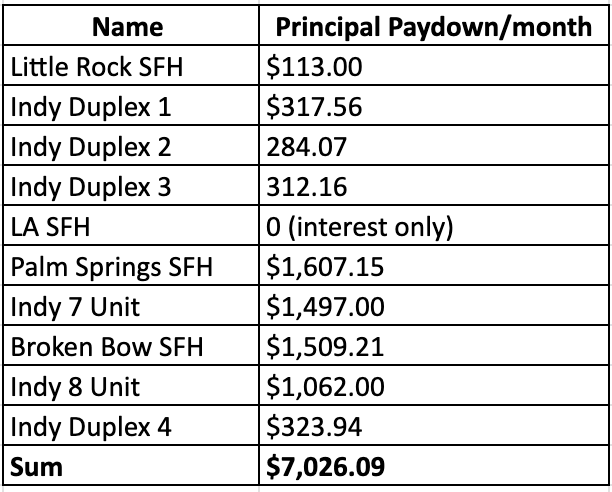

Every month, we are gaining about $7k in equity by reducing the principal on our loans. Over a year, that will be about $84k, though this number will grow with time as the loans mature.
This gain in equity via principal paydown is invisible, which is why I call it a “stealth wealth.” Unless you’re looking for it like me, you’ll only realize this gain when you go to sell your property.
Stealth wealth is safe wealth
As I learned from Morgan Housel’s “The Psychology of Money“, a large part of wealth is psychological. So while I don’t like the fact that home equity is relatively illiquid (or hard to access), that’s part of its beauty. It’s the same idea behind the penalties associated with accessing your 401k before 59.5 years of age: keep your wealth hidden and inaccessible so it will stealthily accumule for your retirement.
As someone who really values autonomy, however, I find this approach paternalistic. I’d rather have full control over my money to invest (or spend) the way I like. But one size doesn’t fit all. Most Americans lack even a $1000 emergency fund. Judging by this, perhaps it is better to keep some of America’s wealth a little farther than arm’s length.
Learn how to access your 401k before retirement age: SEPP plans: How to access your retirement accounts before age 59 ½
Conclusion
Principal paydown is a stealth wealth technique that is another benefit of owning cash flowing real estate. Whether you own real estate via a home purchase or you invest in rental real estate like me, this is an invisible benefit. Just make regular payments on your mortgage debt and your wealth increases. This effect increases slowly over the life of your loan, so the longer you keep your property, the more powerful the effect becomes.
As for me, I’m happy to allow principal paydown to stealthily add to our wealth over time. This isn’t going to be the primary driver of our financial lives by any means, but I’m happy to know it’s happening nonetheless.
— The Darwinian Doctor
